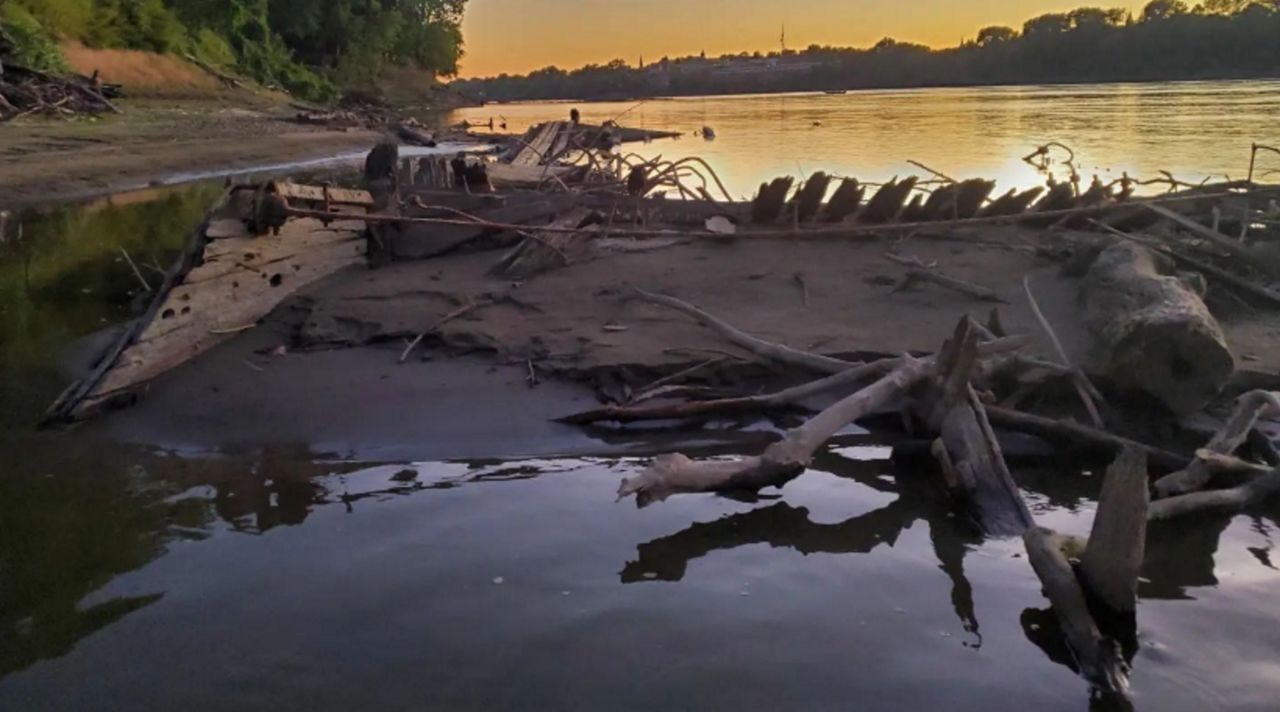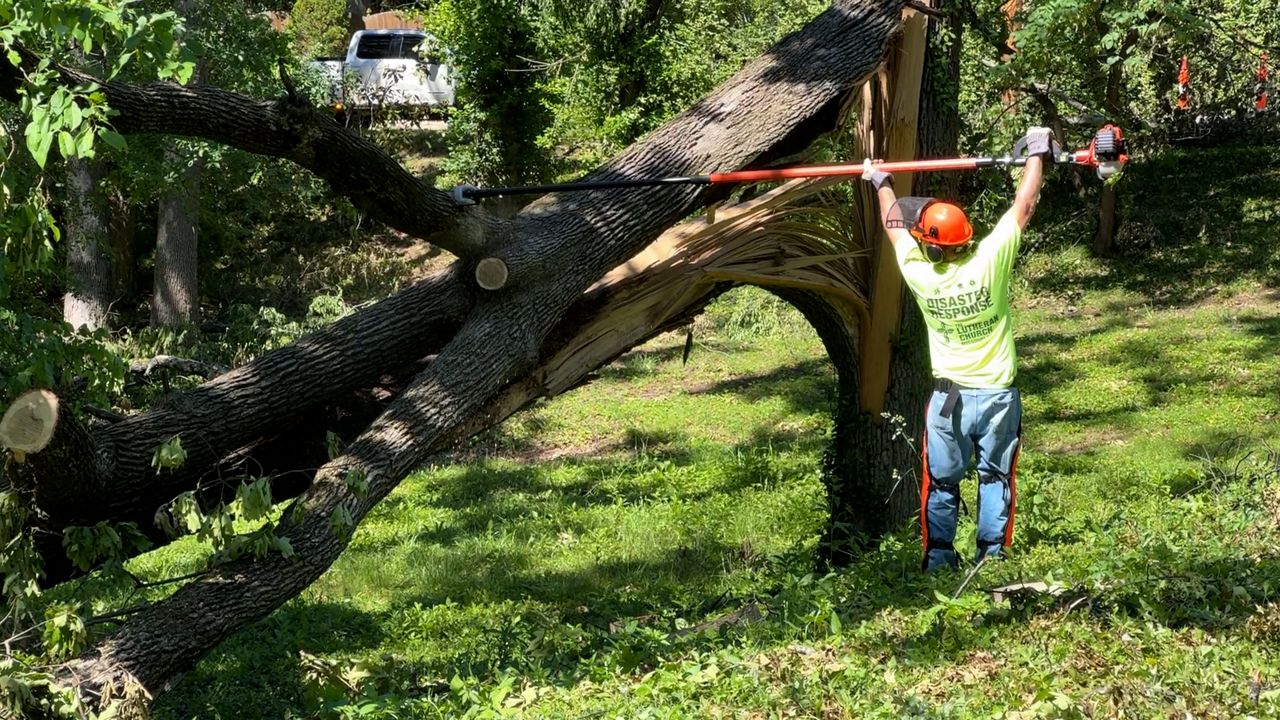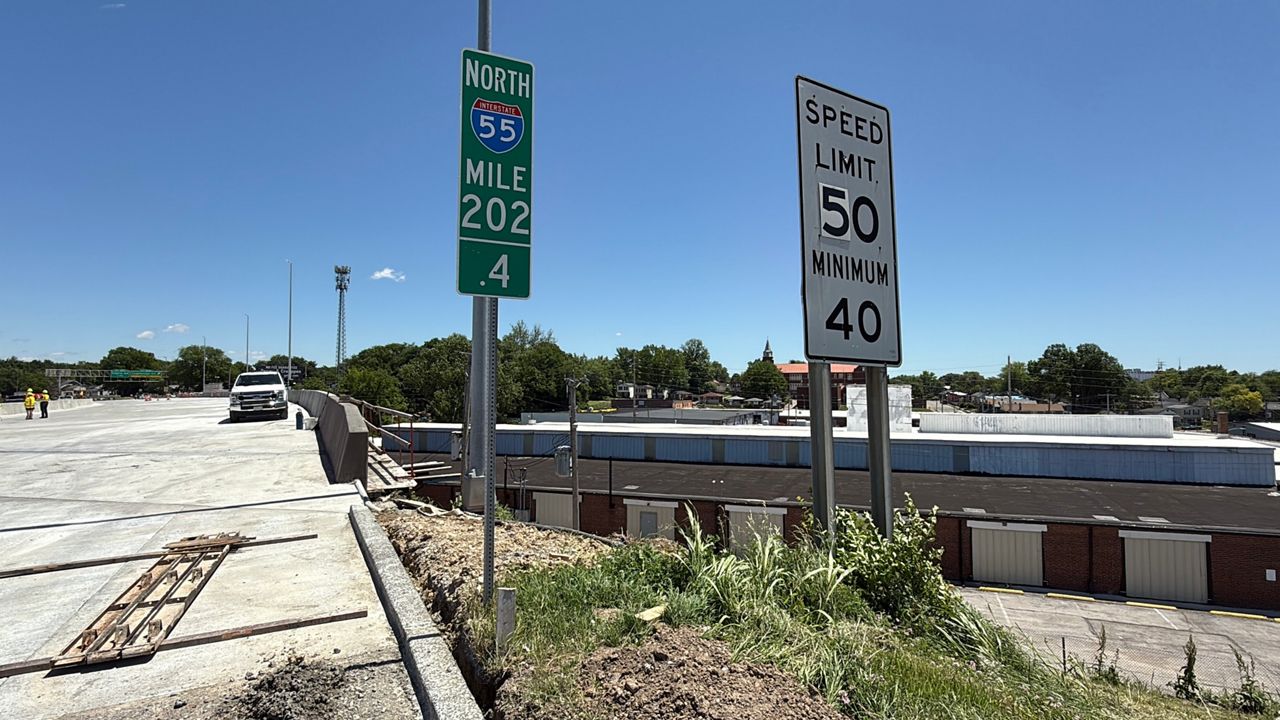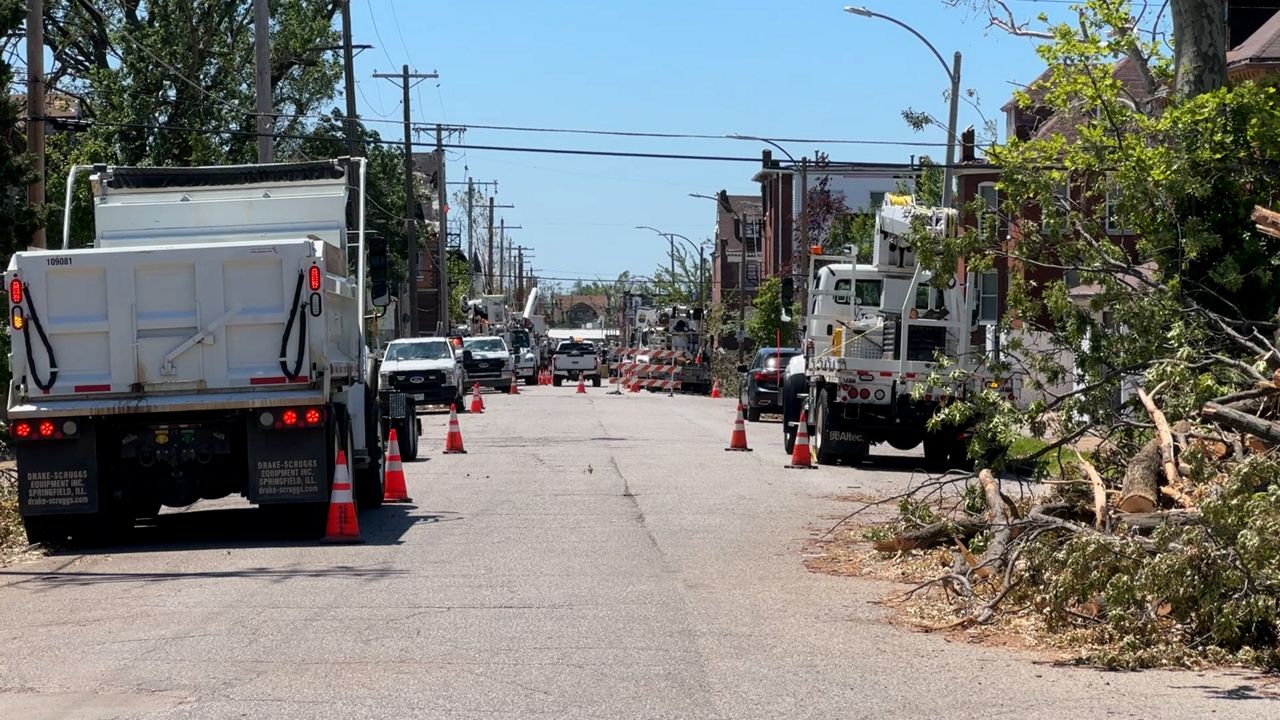ST. LOUIS – Low river levels around the St. Louis area have exposed several wrecked ships and boats. One of the most well-known is the USS Inaugural on the Mississippi River that broke loose from its moorings at the Gateway Arch during the Great Flood of 1993.
USS Inaugural
For nearly 30 years, the World War II minesweeper has been partially submerged in the Mississippi River, south of the Poplar Street Bridge. Low river levels have exposed the vessel several times over the years.
Jason Johnson, a member of a Mississippi River photos Facebook group, posted images he took last week of the wreckage in the current low water. He took the pictures near the MacArthur Brige, south of the Poplar Street Bridge.
According to the National Park Service (NPS), the Inaugural was relocated to St. Louis in 1968 to serve as a floating museum. It was one of two surviving Admirable-class minesweepers used in the Pacific during World War II.
It was tied to moorings at the Gateway Arch and broke loose during the flood of 1993, when the river reached a historic crest of 49.58 feet. The NPS website says the ship suffered a breach in its hull, took on water, and rolled on its side.
The vessel was designated as a National Historic Landmark on January 14, 1986, but that designation was withdrawn in 2001 when it no longer met the criteria.
Steamboat Montana
The Missouri River was a strong trade route in the 1800s but it was too much for The Montana, a stern-wheel steamboat. The low water along the river near Bridgeton, Mo. has exposed what remains of the wooden boat that sank in June of 1884 when it collided with the Wabash Bridge, according to waterwaysjournal.net.
Mark Fingerhut was out on the river recently and captured images of what remains of the wreck. You can see some of it is still buried under the sand.
Drone video, courtesy of Mike DeBroeck, shows part of the ship still submerged underwater. The aerial view reveals just how wide the steamer ship was before it wrecked.
Steamboat travel on the Missouri River was “notoriously marked with woes,” according to the Big Sky Journal. It states boats were often buried by sandbars, ravaged by fire, pulverized by ice and more.
Civil War era shipwreck
Further down the Mississippi from where the USS Inaugural wrecked, there are some wooden remains near Windsor Harbor in Kimmswick that are believed to be a Civil War era gunboat.
On Monday, there were a few timbers and metal rods sticking up out of the sand. The edge of the Mississippi River was about 10 feet away from the exposed wood.
A 2018 Facebook post dedicated to the history of the Barnhart and Imperial area states Windsor Harbor was said to be named after a Federal gunboat used by the Union Navy during the Civil War. The post states there was a general belief the boat’s name was the USS Windsor. It was also apparently armored with railroad rails. The author of the post says most of the rail armor and timbers have been removed from vandalism and weather.
The administrator of the Facebook page tells Spectrum News her family has lived in the Barnhart/Kimmswick area for four generations and there are confliting stories invoving the USS Windsor. That story says the USS Windsor was a Confederate ship that's main job was to hide in the bushes and logs during the day and spy on the Union Army at night. One day, the ship apparently started drifting afloat and became locked in ice, smashing it into pieces.
Either way, the legend of what is believed to be the USS Windsor lives on in the Windsor C-1 School District. According to the district's website, the first school in the district was established in 1938 and was named Windsor School in honor of the Gunboat Windso.r
Low water levels
Some Mississippi River communities between St. Louis and New Orleans may see record low water levels in the coming days, including Caruthersville, Missouri, and Osceola, Arkansas. The National Weather Service predicts the reading at Memphis, Tennessee, will reach its second-lowest level ever by Oct. 13.
Read more about how a dry September caused water woes for our area rivers.









